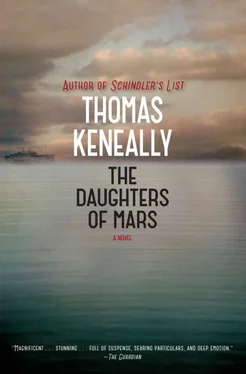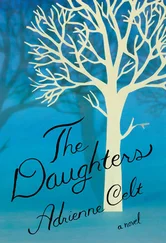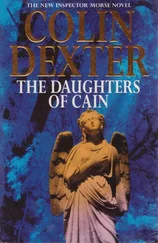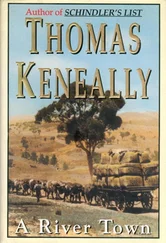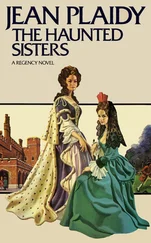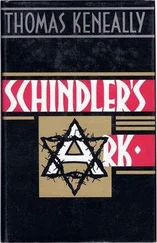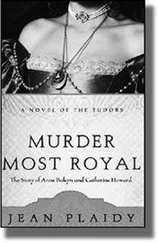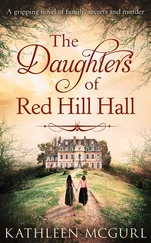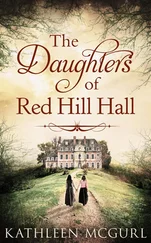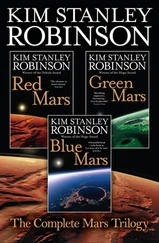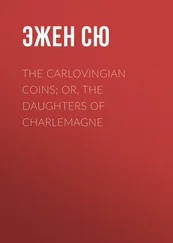So this event in a studio on the top floor of David Jones department store was the punishment and reward for painting. A number of men and women approached Charlie with their whiskies and gins in hand to congratulate him, in an amused but overcheery manner which told him they would not be spending anything tonight. Across the room Mrs. Sorley and Sally’s father were talking to some of Charlie’s friends from the studio.
Standing near them, a man in a good suit seemed engrossed by one of the paintings and he reminded Sally of Ian Kiernan. Her eyes had picked him out because this exhibition was frightening to her, and she looked for echoes of familiarity in it. The man did not look like an associate of Eddie Horowitz, there to please him for business reasons. Sally wished she could have said to Charlie, who was talking to friends, See that man there? Doesn’t he look like Ian Kiernan?
She had not written to Kiernan for at least six months and did not know if he was still in prison.
The man leaned to the painting, stood upright, turned, saw her, and smiled broadly. It was a smile of recognition, a smile from the Archimedes. He strode across the room towards her and Charlie.
Charlie saw him now. They wrung each other’s hand, and Ian kissed Sally’s cheek and stepped back and said, So much like your sister…
I thought, said Sally. I mean, I didn’t know if you were…
We were all amnestied in handfuls, said Kiernan. Thank God, our government didn’t have its heart in locking us away for good. I’m back working in the family business—it is still the family business even though the government tried to acquire it. Now I am totally respectable. All is forgiven.
Are you married? asked Sally, perhaps too quickly.
Oh no, he said.
She was strangely appeased.
He said, I must congratulate you, Charlie. The river over there.
He pointed to the painting he had been studying so keenly. It’s not the Somme, is it?
The Yser, said Charlie, with a smile. And look, I’ve got Australian rivers in the next alcove… the Clarence is there.
Painting the Yser isn’t an act of national dereliction, Ian Kiernan assured him. And if I were to acquire the Yser, I suppose you would think that it was out of friendship or regard for your wounds rather than for its inherent quality.
With a man who could speak Charlie’s fears so accurately, his buying a painting was no trouble, and they all knew it.
Three were sold that night. Eddie declared that was remarkable in this philistine age. Ian stayed till the end and walked out with them as Eddie Horowitz led the way. Eddie was taking them all to dinner at the Hotel Australia—Charlie, Sally, her father, and the new Mrs. Durance.
On the pavement, in the pleasant warmth of a summer’s night whose southerly breeze had arrived, Kiernan said in a lowered voice to Sally, I can never forget her. We were the perfect fellow pilgrims.
He squeezed her hand, shook hands with Charlie, and walked away up Elizabeth Street.
Charlie kissed her ear and said, Ducky.
Ducky had become his pet name for her.
Ducky, I think that went very well.
• • •
But the reality that is actually most inhabited and concrete is the one that counts—although perhaps by a mere whisper of a degree. And it was Naomi who occupied the observed world after her sister—through gravest ill fortune—went down. In that reality, Charlie Condon’s first exhibition in fact occurred at the Athenaeum Gallery in Collins Street and was organized by Bernard Favenc, an art dealer and patron. Bernard had been generous to Charlie since Charlie had returned to Australia some months before, drawn to Melbourne by the National Gallery Art School. And even though Charlie had not yet been able to build up much of an Australian portfolio—most of the paintings were of the streaky skies of northern France, the rivers and village streets—better-off soldiers, said Bernard, officer types, might like to have on their walls a village, however rendered, where they’d fought or rested. Get on to painting the Western District later, said Bernard Favenc. There were some Australian landscapes in the exhibition, but Charlie was sure that if any sold, it wouldn’t be those.
In Paris, two-and-a-half years after he had lost his arm and had been required to absorb the news of Sally, Charlie had become infatuated with a broad-faced Belgian girl named Estelle who also had ambitions as a painter.
She sat now on a chair on the exhibition floor by the tall upstairs windows and looked sulky—which was to an extent her normal look and was mysteriously part of her allure to Charlie. Tonight she drank sherry with a fixity which might well be nervousness for his sake. She had lived through a Melbourne summer with less complaint than he expected. They were hard up—though he was doing book and magazine illustrations and she had got work in a dress shop. They rented a little house in Coburg. Before Bernard’s guests arrived, she looked unimpressed, as if the brutishness of the place Charlie had brought her to was about to be conclusively revealed.
Luckily the first to arrive was a Russian artist, an émigré named Peliakov who was a member by invitation of the Arts Society of Victoria. Charlie made sure he introduced him to Estelle—in Paris she had always been fascinated by the émigrés, by the fact that a Russian count might be serving drinks at the George V or attending diners stylishly as a waiter. Now Peliakov distracted Estelle for the moment from the question of what she would do here with her own art and whether the barbarians would buy any of Charlie’s. As he watched her, he felt a sudden certainty that she would leave him, perhaps for someone like Peliakov, and it wouldn’t mean as much to him as it should.
He let himself be distracted from grief and hollowness when some fellow artists arrived. They were half broke, doing teaching jobs or cartoons and book illustrations for irregular pay and were keen for the free sherry. They raised by their presence the question of whether Australia could support one artist, let alone a tribe. A young man and his wife, whom Charlie suspected from their faces to be Eastern European, came up to him, very well dressed, and spoke informedly about his paintings. He made sure Estelle met them and was prodigiously grateful to them.
All at once the gallery—which had been sparsely peopled an instant before—seemed crowded. Bernard Favenc now rushed up with a sweat of excitement on his upper lip. You have met the Castans? The most civilized people in Melbourne. They’re Jewish, you see, and they understand these things. They’re deliberately putting together an Australian collection—no other private person is. I really mean a collection, not just a scatter of things for their walls. And they’ve bought both your Western District paintings. You’re in instant favor, my son. You must go home and pray that the Castans live a long and profitable life.
As he spoke he was pumping Charlie’s real, right hand and then he turned away, and Charlie—he later told art historians—felt a great, prickling sense of being empowered and of having an Australian license to paint.
He was jolted by the sight of acute familiarity across the studio by the door. There—her face sleek and exquisite—stood Naomi like a version of lost Sally. She wore a dress of white and black and a fine cloche hat and seemed to be in such fullness of her beauty that it hurt him to see it. She was smiling tentatively in his direction as if he might not recognize her. The sudden power of his loss made the room and all its urgency recede.
Then, beside her, he noticed, stood Kiernan in a brown suit—no gaol pallor there. His face had obviously seen the sun of freedom in the recent summer. Feeling unsteady, he approached them. Naomi’s arms were out. When he embraced her he could not help but realize that he was feeling the same sort of bush-bred, sturdy body he had too infrequently known in Sally. He heard her sob and would have liked to have done the same himself. When she released him, he saw her teary lashes and her smile. He shook Kiernan’s hand then.
Читать дальше
